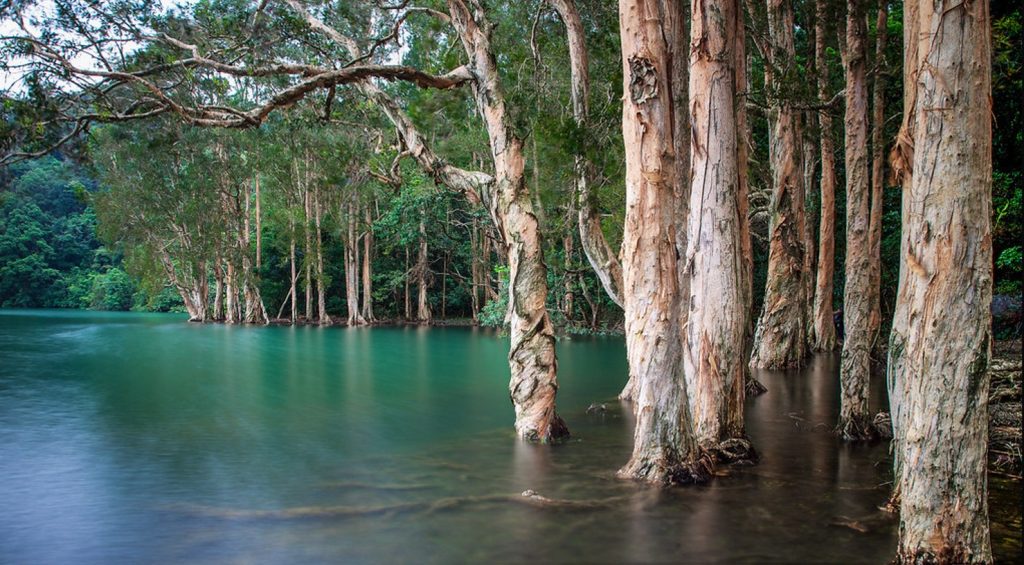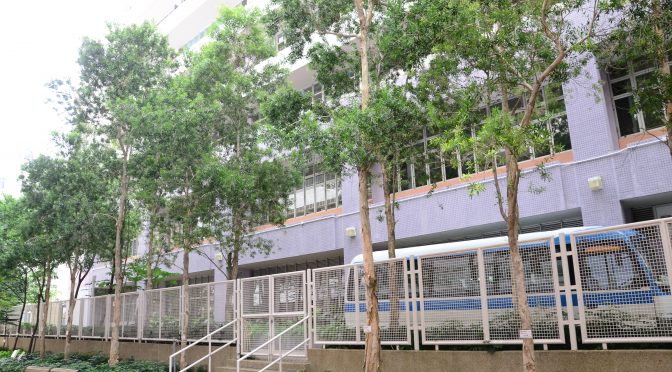Melaleuca cajuputi, commonly known as Paper-bark Tree, is in the family Myrtaceae and can grow up to 20m tall. Its genus, Melaleuca, has a meaning of black and white, referencing to the whitebark which is often charred by fire. The common name, paper-bark tree, also stems from the distinctive appearance of the trunk which is covered by whitish papery bark peeling off in thin layers. Native to Australia, this feature helps the plant to survive a forest fire. When a fire burns through paper-bark tree habitat, the outer papery bark layers burn away, leaving the inner layers intact. In fact, paper-bark trees do not only survive fire but thrive in it as the trees’ dried seedpods open under the heat of a fire, releasing the seeds within. In the burned ground, these seeds can germinate easily, growing into new paper-bark trees.
Uses
In Australia, leaves of a paper-bark tree can be made into a brew to treat coughs, colds, and headaches. The essential oil, cajuput oil, is obtained by distillation from the leaves of paper-bark trees. The oil can work as an antiseptic, antimicrobial, and antispasmodic agent. In Hong Kong, paper-bark trees were introduced and planted in roadside and reservoirs such as Shing Mun Reservoir and Tai Po Kau forest reserve considering their ability to adapt to extreme dryness and severe water-logged soil. However, this tree is regarded by Invasive Species Specialist Group as an invasive species in Florida where it was planted for landscaping and drain swamps. The trees grew into the immense forest, displacing other vegetation, providing limited food and habitat, reducing species diversity etc., causes significant harm ecologically and economically.

Source of photo: bellphoto.hk
References:
1. http://www.iucngisd.org/gisd/species.php?sc=45
2. https://syhuherbarium.sls.cuhk.edu.hk/collections/factsheet-pro/melaleuca-cajuputi-subsp-cumingiana/



